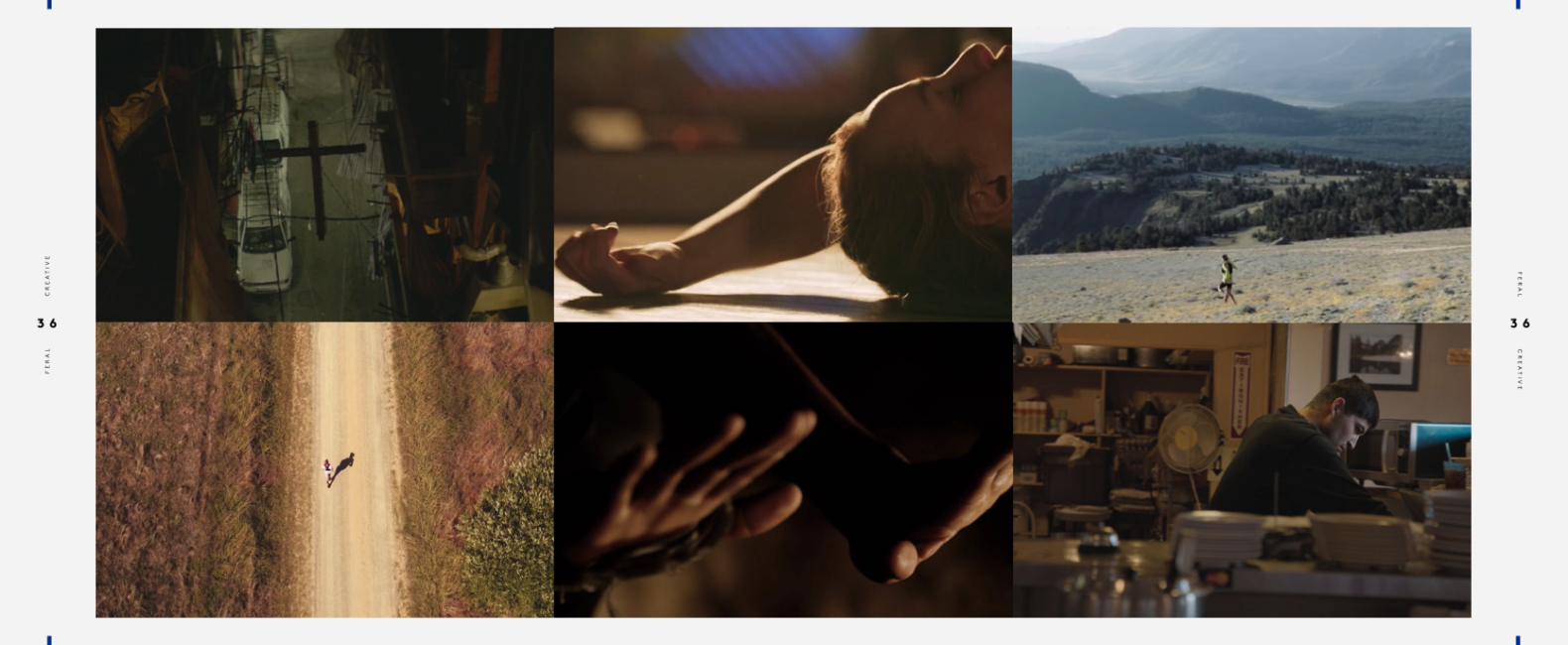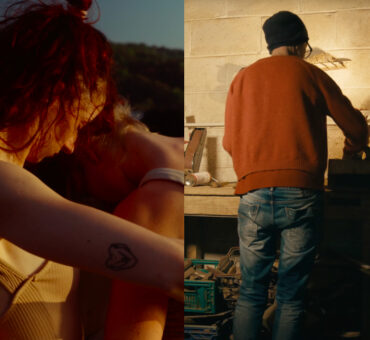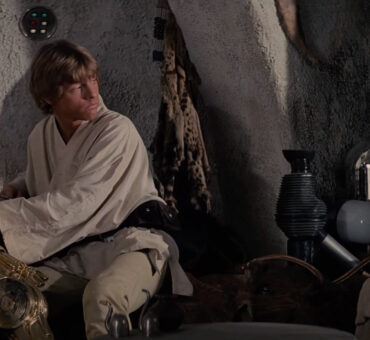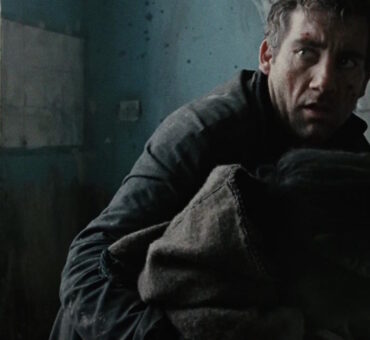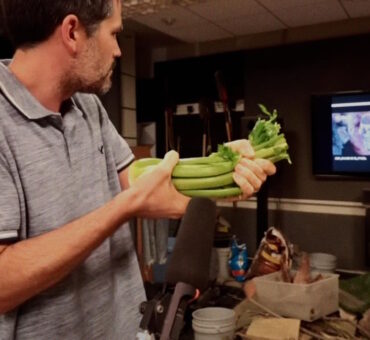Before the lights, cameras, actors, and awards, there’s only you and your idea. This idea exists in the dark, constantly evolving and begging to be put into the real world, representing a million different possibilities before it takes its final shape.
This strange, creative dance is exactly why treatments are so important.
A proper treatment is where the images in your head finally get attached to reality. This can be difficult because what’s in our imagination has never existed before. It’s painful but necessary. It also helps to have been through the process before, which is why we reached out to a few talented filmmakers who’ve had the chance to hone their treatment process over some hard-earned lessons.
So, as you’re looking to either fine-tune your process or get started on it, take a few notes from people who’ve put their ideas on paper before.
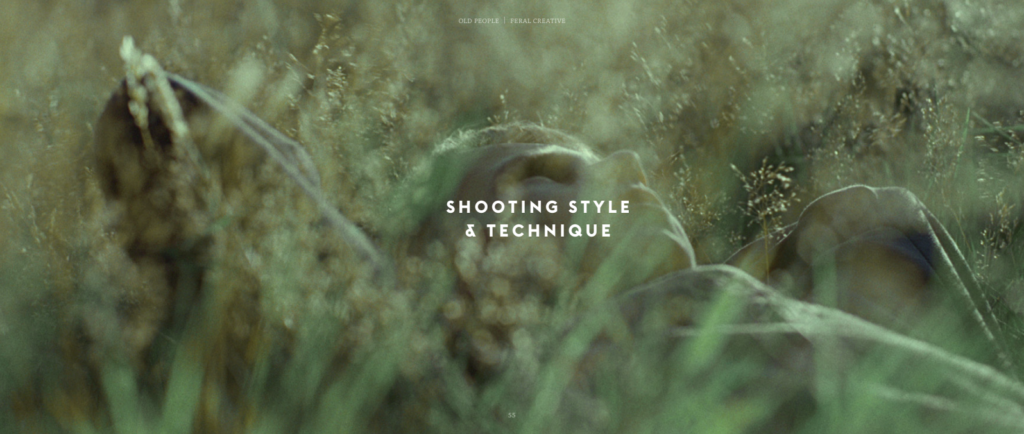
Director Sarah Schutzki
When you start building out a treatment, it helps to know your strengths and weaknesses. Most ideas start out being more complicated than they should be, so it helps to begin honing your idea to its most fundamental form. Director Sarah Schutzki likes to tackle it this way:
“The best advice I can give anyone is to first sum up your point in one word or sentence. It’s difficult—really difficult—and I’m certainly no expert, but if you can boil down the point of the idea or story or feeling or subject you’re trying to get someone interested in, you’ll be much better at then rounding it out succinctly.”
Especially for younger filmmakers, it may be tough to ask for outside help when it comes to putting together a treatment, but Sarah also found that when she brought in an expert, she could focus on the things that really matter:
“Unless you’re skilled at designing, I’d say the next step is hiring a solid designer. For years I tried building out my own treatments, mostly because I took pride in being able to do everything on my own. It also saved me money. Eventually, I realized I’m not great at using design software and I was wasting a lot of time and energy. Once I hired a designer, my process simplified. I still write all of the copy and select all of the images and my designer lays it all out in a way that truly ties it together. He does justice to the scope and tone of the story, adding texture to what is otherwise just words and pictures on paper.”

Director Ricky Staub
When you’re at the beginning of pre-production, there’s nothing more valuable than having people buy into your vision. It’s key to the sustainability of your idea, and it can really only be achieved two ways: Through your ability to speak about the project and your treatment. Neighborhood Film Co. Founder and Director Ricky Staub found that the two are directly linked:
“I used to balk at the treatment process, thinking it was an unnecessary waste of time. It felt like I was being asked to do an exorbitant amount of free work for a job I most likely wouldn’t win. However, when I wanted to make The Cage it finally clicked for me why treatments were necessary. Everyone asking to work on this project needed to see my vision for the narrative and they needed to feel my passion for the story.
I was finally able to see the position of an ad agency creative director or financier of a film as they face the choice of hiring a director. They needed to see inside my heart and mind. Decision-makers need to know their project is personal to you. Now, I’m a big believer in treatments as a beautiful weapon for pitching. It’s your chance to take an audience into the story before cameras roll and get everyone pumped about your vision. I just wish now someone would have told me in college to study graphic design since the work of an upcoming director is primarily treatment building.”
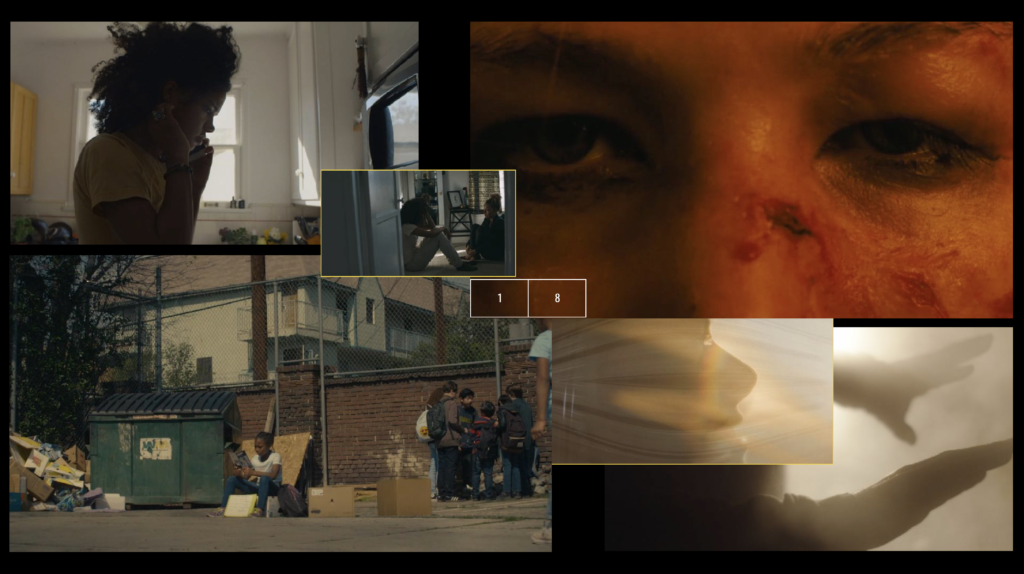
Director Elle Ginter
Once you’ve been able to communicate your vision to the production team, you need to actually start making the film. One thing Director Elle Ginter realized is that treatments aren’t just a great tool for pitching; they’re a great tool for actually starting to build out the look and story arch for your film, whether it’s narrative, commercial, or documentary:
“The most important thing for me in a treatment is to accurately convey and strategize the tone of the characters and how that influences the edit. There are times when complete scripts will be handed to you and you have to flesh them out line by line. But, in a lot of cases, the treatment stage is the last step of writing the story. I find it valuable to do a tonal outline and focus the story back to its most primal foundation before diving into beats, actions, and visuals. When creating the outline between myself and the agency/client, I find the final edit actually resembles what’s on the treatment page. Characters, locations, and scenes change, but to have a plan A, B, and C that I’m happy with is important.”
Your treatment can be a tangible guide as you start to build out characters’ story arcs and the overall flow for your edit. Elle continues, using her short film for Nike as an example:
“Nike asked me to set the look, tone, pacing, and structure that additional directors could follow for future films. It featured the Memphis Inner City Rugby Team and I hadn’t yet had a chance to meet any of the girls before putting the treatment together. I needed a plug-and-play approach for planning it out. I put together a format I could present to the girls to ask them key questions:
‘Where do you see yourself in this?’
‘Am I missing anything?’
‘What is the biggest personal theme you want to make the storyline?’
‘What’s a universal statement that represents your truth?’
Once we all looked at this outline, it became a more rich and truthful reflection of their lives. By doing a tonal outline and keeping that the focus of our treatment and approach, I protected our cast’s emotional space.”
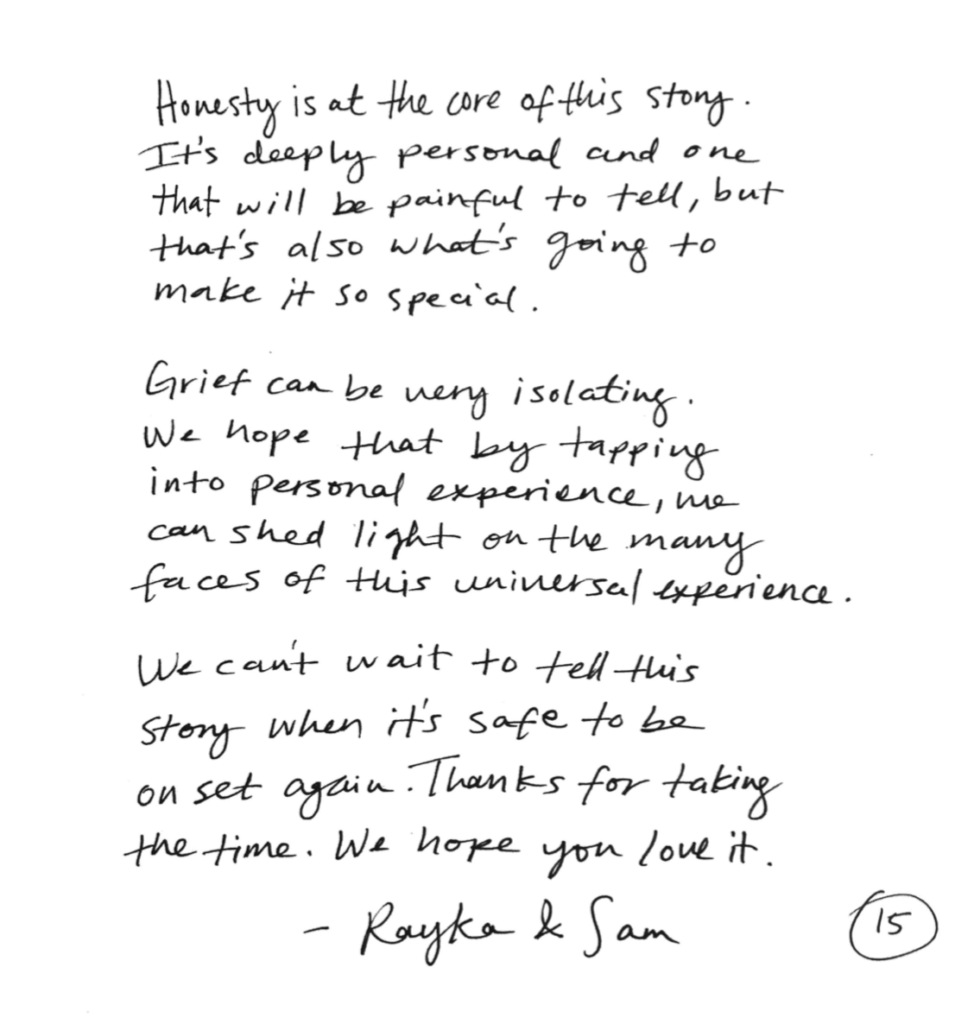
Director Rayka Zehtabchi
While treatments are a powerful visual tool, they’re also an opportunity to convey the heart behind your project. Ultimately, any marketer will tell you that the best way to connect with someone is through emotion and purpose, which is exactly the approach Director Rayka Zehtabchi takes in her treatments:
“No matter what the project is that I’m pitching, I always try to tap into what my personal connection is to the story. If you create your deck through that lens, by the end of the treatment, you should have successfully convinced the reader that you are the person to tell this specific story. I also like to start or end my treatments with some sort of personal anecdote that relates to the project. Sometimes I’ll even include a handwritten note on the last page. I generally strive for intimacy in my work, so this approach to writing treatments really works for me and my style.”
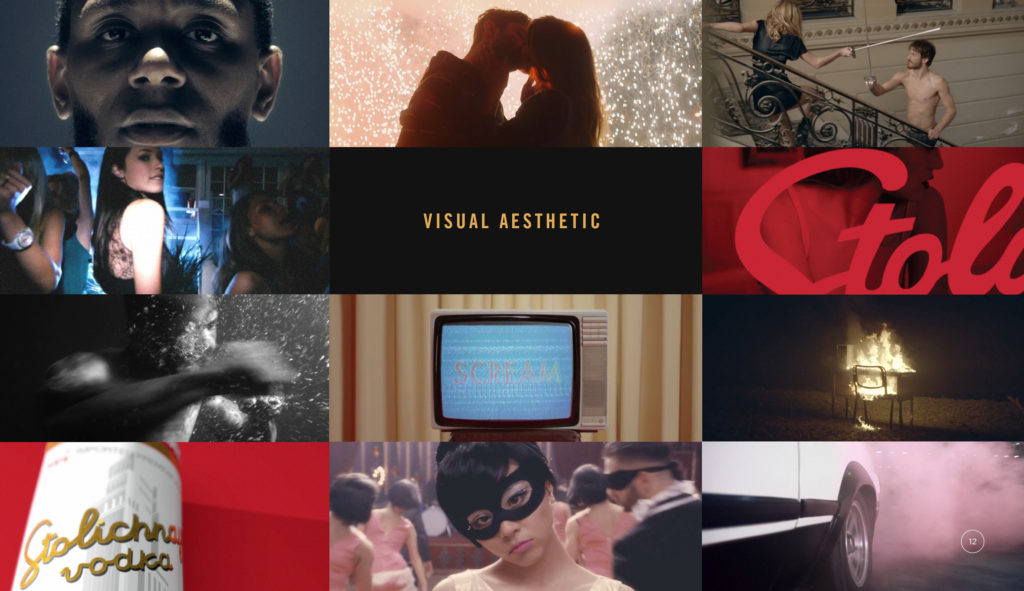
Director Diego Contreras
Any upcoming director knows they’re in the position of the underdog. Established directors have a body of work and repertoire that speaks for itself, and that’s incredibly valuable for agencies who want to minimize their risk. But, as Director Diego Contreras points out, treatments offer a way to level the playing field by focusing on ideas over resumés:
“Sometimes I hear the decision to hire a director has been made before the agency even sees a treatment. But, I don’t think that’s always true. I’ve won some big projects while going up against amazing directors who I highly admire and consider to be much better than I am. So you should give it your all and hope for the best. I’m a bit nosey, so I’ll even ask the agency why I won. Most of the time it’s because they got to see their idea reimagined in a way that felt much bigger than they originally envisioned it.
For example, the “Unimpossible Missions” campaign I did for GE and BBDO was originally meant to be a docu-style project with a very small crew. My treatment presented a completely different take on it, and the final product reflects that. Creatives love it when they see a strong vision and lots of personality behind your treatment. It shows how much you care. But be warned: I lose projects for the same reason I win them. When you offer your strong take in treatment, you give people something to be excited about — but you also give them something to say ‘no’ to.”
While “it could go either way” doesn’t seem very helpful, Diego taps into some bigger ideas here through his advice. Sometimes there’s nothing you can do to win the job if you’re true to your vision, and that’s just the way it is. Accept it. Diego also points out that this doesn’t mean your hard work was in vain:
“There’s no formula for making these treatments. I’ve done everything I mentioned above, and I’ve still lost a ton of projects in the past. Sometimes it’s true that clients already know who they want to direct their next project, and the treatment you spent five sleepless nights on can be irrelevant. There’s no real way of knowing ahead of time. Just have fun with it and find what works best for you. Making treatments is a love-hate thing for me. There’s so much pressure, and they take up so much of my time and effort. But somehow, during those late-night hours I spend writing treatments, I get to discover so much of who I am as a filmmaker.”
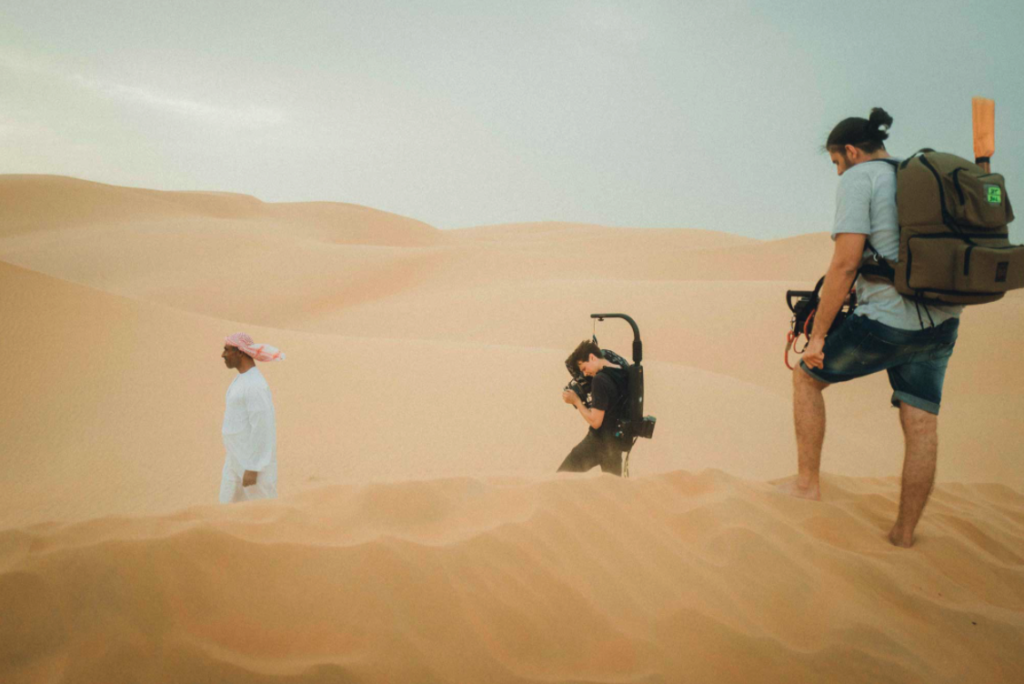
Director Marko Roth
And, lastly, we thought we’d end this guide with a few straightforward housekeeping tips from Director Marko Roth:
“First and foremost, make your treatment short and get to the point. Try to avoid any marketing jargon or fluffy words. Second, the mood and layout of your treatments are the most important parts. Some clients may not even read the words in your treatment, so try to tell the story and convey your emotions with the imagery and overall mood. Lastly, be bold and write the film you want to make. Remember that is the reason why you’re being invited to pitch your idea.”
We’ve talked about the power of creative constraints before, and treatments require the ultimate constraint—reality. It’s incredibly difficult to put your imagination into binary format, attaching it to tangible words and images, but it’s also a necessary step in the process. And, it’s also where your true creativity can come into play. Anyone can come up with an idea, it takes a real visionary to put it down on paper.
Read more about the creation of a project in our conversation with Director Josh McGowan about building Cadillac’s Oscar spot from scratch.















































































